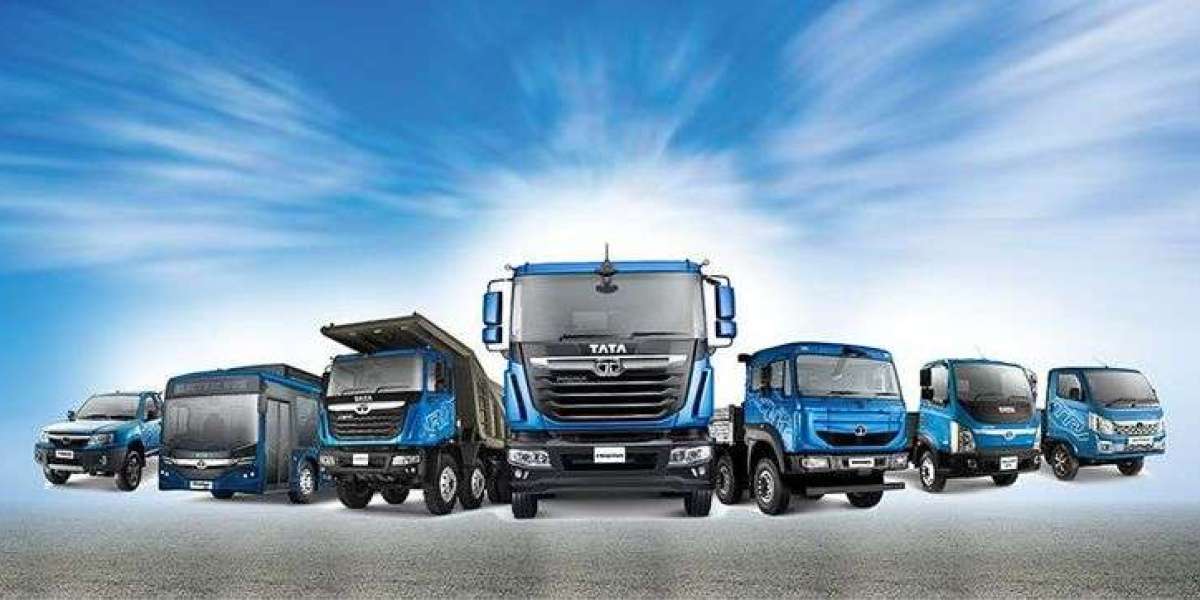In the transport industry, the safety and durability of vehicles are a significant concern for fleet managers and business owners. Many businesses rely on older trucks to maintain operational efficiency, but these vehicles often lack the modern safety features and technological advancements found in newer models.
Retrofitting or upgrading older trucks with new technologies offers a viable and cost-effective solution for enhancing safety and compliance while extending the vehicle's lifespan. This approach is particularly relevant for operators of light commercial vehicles, such as those detailed in the TATA Motors commercial vehicles price list.
The importance of retrofitting
Retrofitting older trucks is essential because it allows operators to align with current safety standards and regulations without the significant financial burden of purchasing new vehicles. Given the growing importance of safety in the trucking industry, upgrading older vehicles can have numerous benefits, including reduced accident rates, lower Insurance premiums, and improved fleet compliance with regulations such as emissions standards and safety protocols.
Safety features to consider
When retrofit options are considered, fleet managers should focus on incorporating safety technologies that address common hazards in trucking. Key upgrades include:
1. Anti-Lock Braking Systems: ABS helps drivers stabilise steering control during hard braking, mitigating the risk of skids and collisions, especially in adverse weather conditions.
2. Electronic Stability Control: ESC can detect and reduce skidding, enhancing vehicle stability and preventing rollover accidents, an essential feature for LCVs that often carry varying loads.
3. Cameras and sensors: Adding rearview cameras, lane departure warning systems, and blind-spot monitoring can substantially improve driver awareness and lower the risk of accidents during urban deliveries.
4. Telematics systems: These systems provide real-time monitoring of the vehicle's performance, driver behaviour, and routing, leading to improved safety and operational efficiency.
5. Improved lighting: Installing better lighting systems, including LED headlights and additional work lights, can enhance visibility during nighttime or low-light conditions, making it safer for drivers and other road users.
Cost-effectiveness or retrofitting
The upfront costs associated with retrofitting older trucks may vary significantly based on the desired upgrades and the vehicle's condition. However, these expenses are often considerably lower than purchasing new commercial vehicles. Besides, investing in retrofitting can yield long-term savings by improving fuel efficiency, reducing maintenance costs, and decreasing the chances of accidents that can lead to costly liabilities.
When consulting the TATA Motors commercial vehicles list, you need to recognise that the cost of brand-new LCVs can be steep. By retrofitting an existing fleet of older trucks, operators can allocate their budgets more effectively, transforming outdated vehicles into safer, compliant, and more efficient units.
Conclusion
Retrofitting older trucks presents a compelling opportunity for fleet managers looking to enhance safety, compliance, and operational efficiency while avoiding the high costs associated with purchasing new vehicles. The incorporation of modern safety features and technologies can significantly improve the performance of older trucks.
By making strategic investments in retrofitting, businesses can ensure their fleets are safe, compliant, and economically viable in a competitive marketplace.



